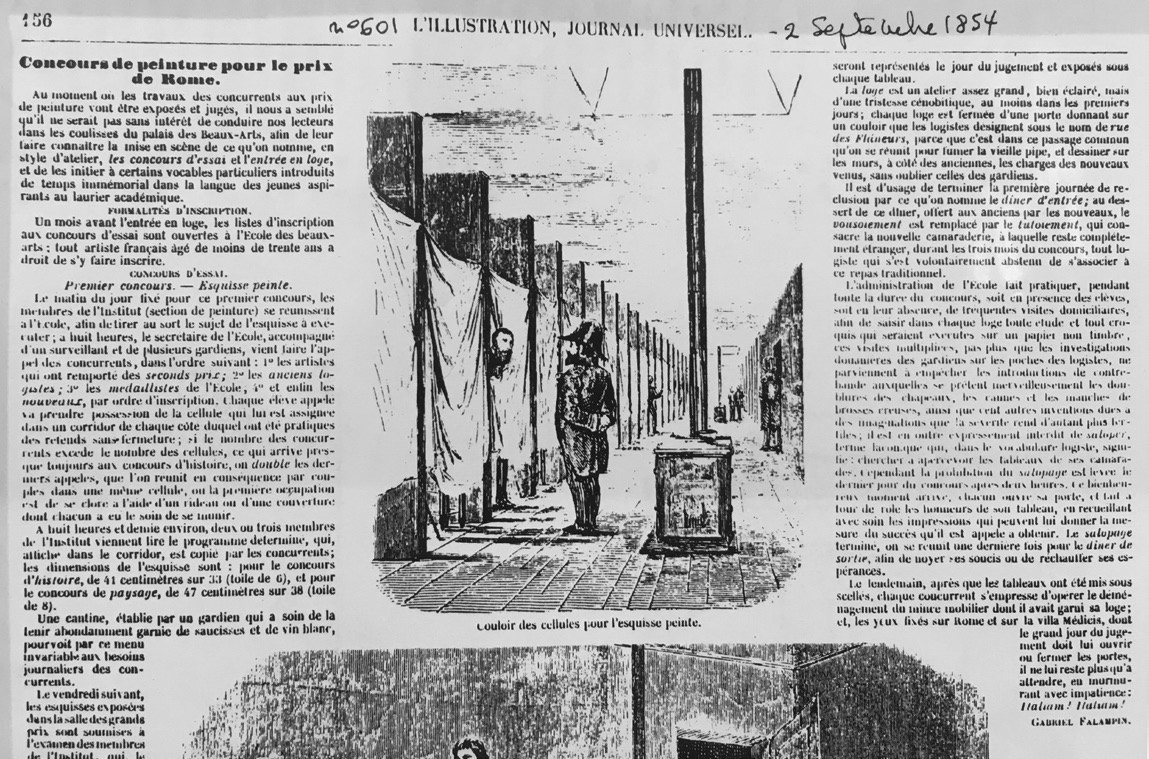A Retrospective Look at Beaux- Arts Traditions in Constructing Individuality Through Isolation
Downloads
DOI:
https://doi.org/10.51588/eaaeacp.33Keywords:
cubicle, isolation, Beaux-Arts, individual, authorAbstract
‘Loge’ (cell, cubicle, box, cabinet, compartment, hut) is a spatial typology built to serve often ritualistic, also quotidian practices of physical, social and mental seclusion. From monastic life, to prisons, one can find various examples where voluntarily or involuntarily; isolated cells were used to renounce one’s contact with the outside world in order to incubate contemplation, concentration for individuals.
One of the strongest rituals of loge is found in the pedagogic traditions of École des Beaux-Arts in Paris, a seminal model that influenced the history of architectural education in the world. ‘Loges’ were the spatial educational tools invented and used during the architectural competitions, which were central pedagogical and curricular motives of the École’s educational system. The individual cubicles (varied in size in different periods) divided by rigid walls were aligned on a corridor, kept under strict probation by guardians, isolating students physically and socially from the outside world and each other during the periods of architectural competitions.
How to Cite
Published
Issue
Section
License
Copyright (c) 2019 Sevgi Türkkan

This work is licensed under a Creative Commons Attribution 4.0 International License.
References
Aureli, Pier Vittorio. 2013. Less Is Enough. [Moscow]: Strelka Press.
Levine, Neil, The competition for the grand Prix in 1824, in ‘The Beaux-Arts And Nineteenth-Century French Architecture’ ed. Middleton, Robin. 1984 [London]: Thames and Hudson.
Merquior, José Guilherme. 1985. Foucault, [London]: Fontana Press/Collins.





